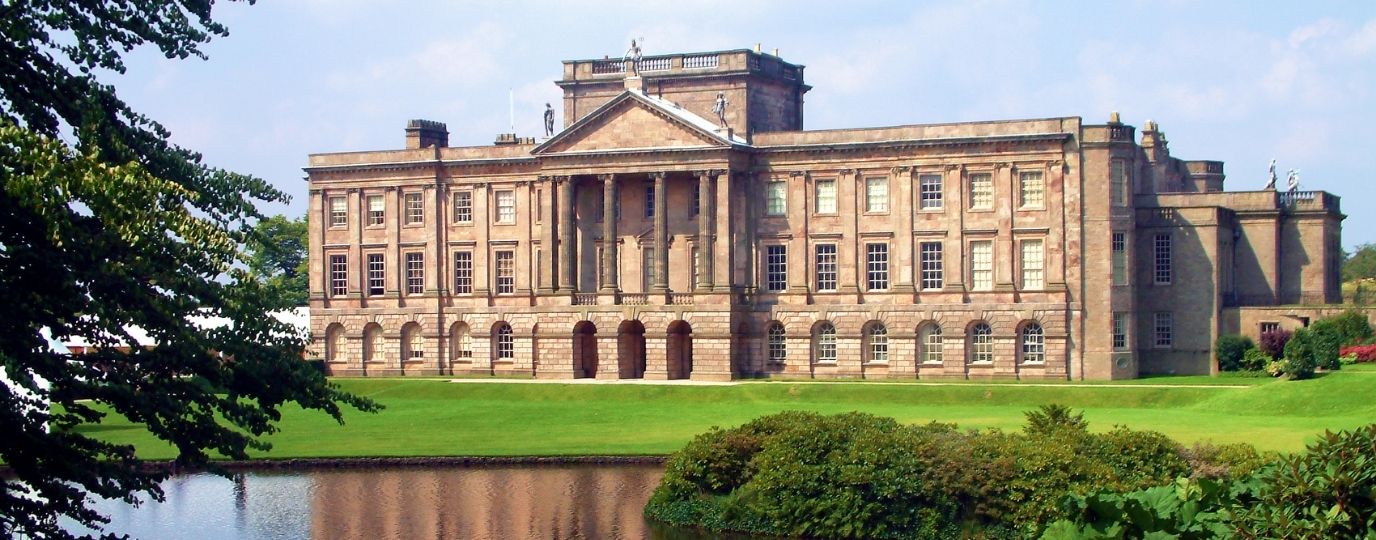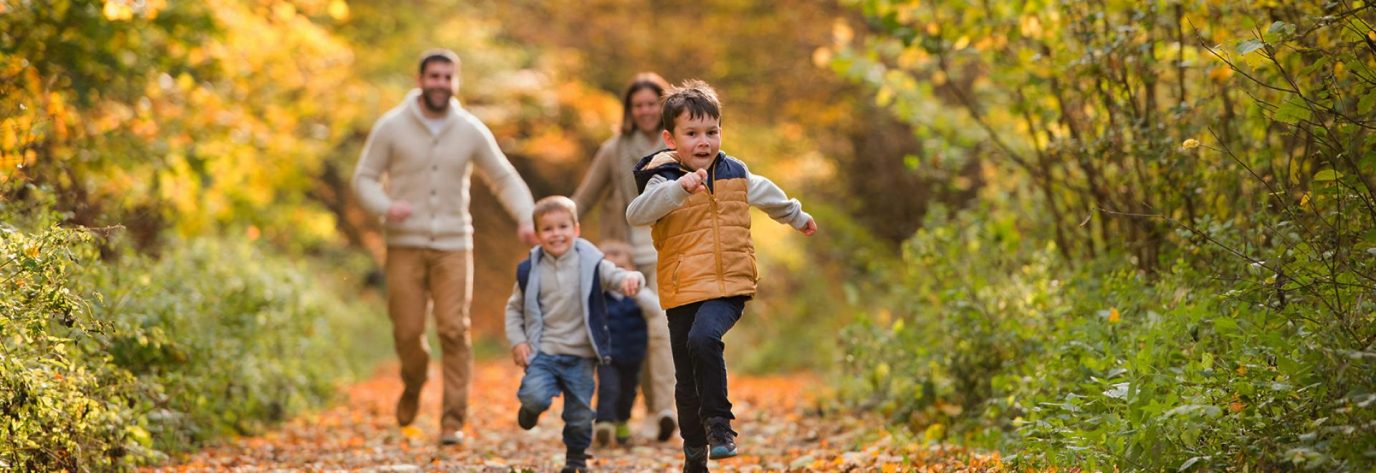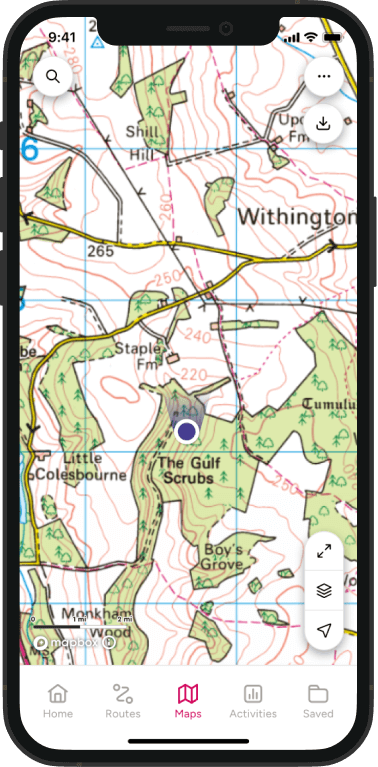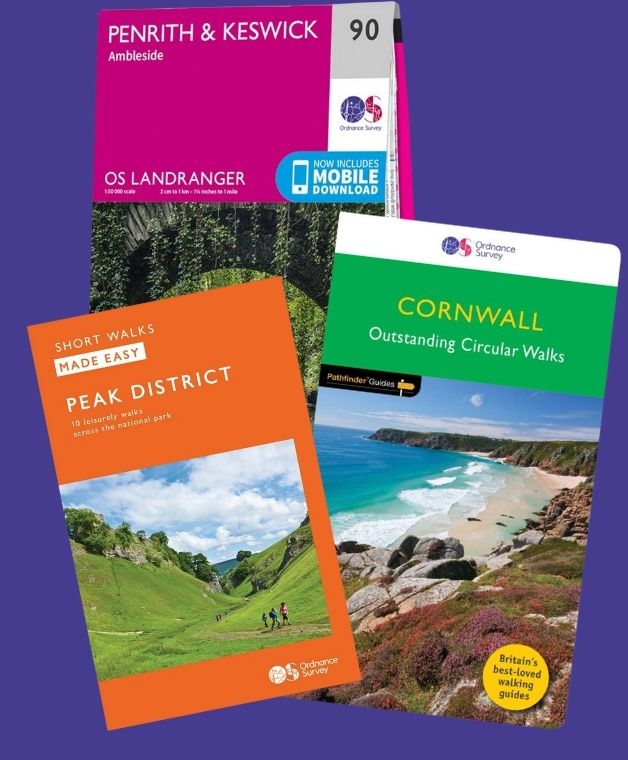GetOutside Champion Laura made the film Hydrotherapy in the depths of last winter about why she swims all year round for her health. She explains why she is passionate about her latest project swimming 15 of the UK’s National Parks to test for microplastics and why she thinks we should all make the most of every day.
Snowdonia was the backdrop for a short film we made about the reason I began swimming through winter. It was freezing cold and the rain was on and off torrential, there was ice in the water and the days were long. I even had to wear a bobble hat in some shots as my hair is dark, I blended into the water. I normally swim in these conditions but when you are filming a lot of time is spent in and out of the water trying to get the right shot.
We also had to make sure the current had not washed the camera crew downstream at a faster rate than I could swim. If I go for a dip in winter, I wear a swimming costume to experience the effects of the ‘After Glow’. We spent 5 full days in Snowdonia’s coldest waters, so I opted for a wetsuit and boots. Cold water swimming through the depths of winter really helped to improve my health. I hope you find that it can do the same for you too.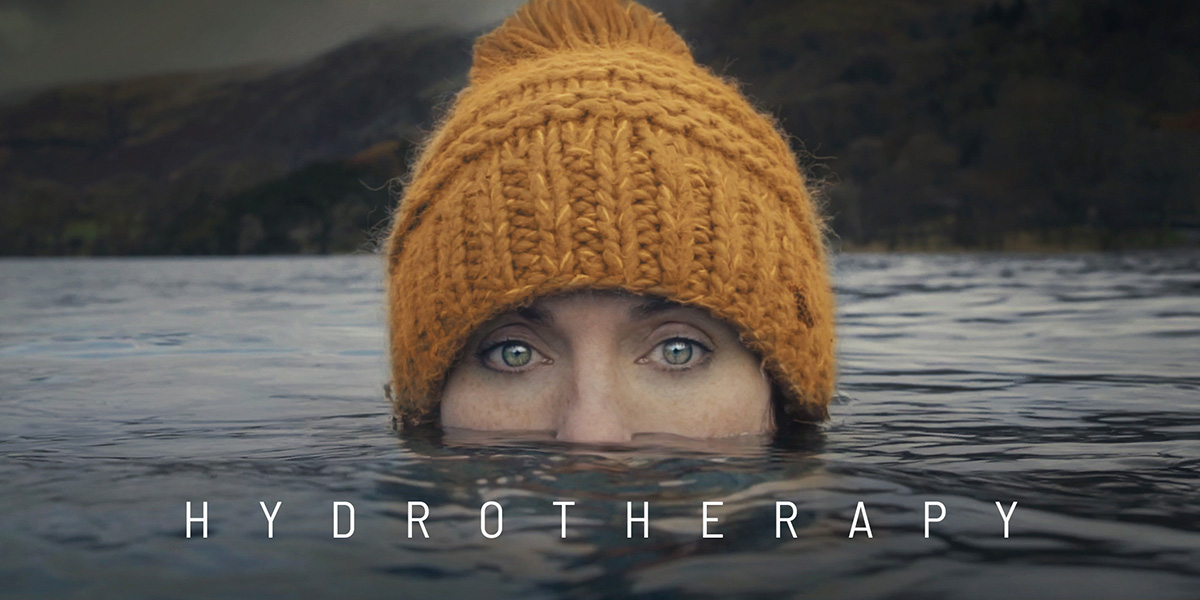
You live in a pretty incredible place – have you always lived in Snowdonia?
My family is originally from Caersws in mid Wales the other side of Dinas Mawddwy but we have always had a house in Dyffryn Ardudwy and we lived in Shrewsbury for a number of years. My parents moved to Harlech permanently when I was 16. I have also lived in St Helena an Island off the coast of South Africa in the South Atlantic and I used to work in Barcelona.
Why did you start swimming? Do you remember your first wild swimming experience?
I have grown up swimming in the sea. I could swim from the age of two or three and my mum used to dive competitively when she was younger, so she always brought me, my sister and brother up to be comfortable in water. I would say that I have always been a ‘fair weather’ swimmer but I hadn’t really been swimming in my late twenties, early thirties because I didn’t want to be seen in a swimsuit which is ridiculous because I was probably a size 8-10 at the time and I’m much bigger now!
It wasn’t until I got ill that I started to swim through the winters and that was back in 2017, by then I had realised how short life was and didn’t really care what other people thought about me wearing a swimming costume.
I started swimming through winter after an illness in the July of 2017. I distinctly remember knowing that I wasn’t going to make it and this clarity that life was short and all of the perceived problems I had were not important. It was fair to say that I was cross with myself that I had wasted so much time in unhappy relationships, working in a job I didn’t enjoy anymore and waiting for the perfect moment to make a change with a final realisation that day might never come. In hospital I received a lot of blood transfusions and when I returned home, I was lethargic and could barely move.
I was eventually diagnosed with Fibromyalgia. For someone like me who was always flying around at a 1000 miles per hour this was quite a shock. Some mornings I wouldn’t be able to get out of bed, the pain in my joints and muscles was really intense. I felt like I had aged 100 years overnight. A doctor suggested that I try cold water showers for the pain and swelling. That idea did not appeal to me, so I decided to start swimming in the sea.
The effects on my muscles were almost instant. There is still nothing like a soak in the sea to help with muscles and aches. Cold inland waters also helped but sea swimming is a real natural remedy for me.
Winter swimming is really great for solace which is when I find being outside in nature at its most powerful. When the beach is teeming with tourists or there is a big swim group it does not have the same appeal or connection to nature, for me. Swimming when surrounded by snow-capped mountains makes you feel like part of the landscape. Once you have a frog’s eye view the wildlife continues with its daily business and you become part of the natural environment, not a spectator.
How does wild swimming make you feel?
Swimming outdoors is completely different to swimming in a pool. In a pool you pace up and down and it is quite rigid and controlled like most things in modern life. Swimming outdoors is a lot more about the connection and being present. It is difficult to explain but swimming on my own in a mountain lake or in the sea is the only time I get out of my own head or to focus on my own physical body. Your senses are heightened so you are more aware of your surroundings, the sounds, smells…
H Y D R O T H E R A P Y from Friction Collective Film on Vimeo.
You too could try swimming in one of the film locations
CWM SILYN LLYN GWYNANT CWMORTHIN QUARRY, TANYGRISIAU BLACK WATERFALL, MAENTWROG
Do you have any particularly powerful memories of wild swimming?
My absolute favourite swim experiences are almost always in the sea. I love swimming with marine life and the energy from the waves is so different to any lake or river. I have swum with huge shoals of sand eels, with dolphins along the coast of Harlech beach and watched spider crabs scuttling across the seabed; sadly these sightings are becoming few and far between. The huge blooms of summer jellyfish demonstrate the warming and acidity of the oceans.
Last year I went snorkelling off our local beach with a group of friends. The only marine life we found were hundreds of jellyfish and some were species such as the Aequorea Victoria who are not native to our waters. It is seeing first-hand the changes in our seas that hit home the rate at which our climate is changing .Those are my most powerful swims because they remind you that we are sharing the planet with other species and we need to do everything in our power to reduce the human impact on our natural environment. Only 7km out of the UK’s 750,000km coastline was properly protected which is staggeringly poor.
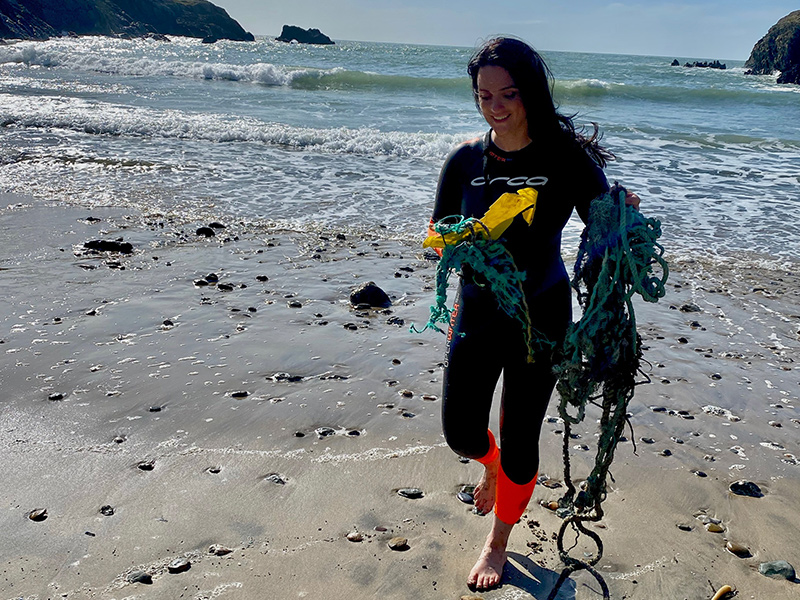

Has your relationship with nature changed since you started swimming?
I have become more aware of the importance of our connection to nature. Halfway up a mountain I have found bags of nappies, plastic bottles and discarded coffee lids, and at the beach where it all ends up there are huge amounts of ghost nets, plastic sheeting, bottles, toys etc. When you see it, you are faced with the reality of human impacts and our single use society. The rate at which species are declining is rapid, the seas are becoming more and more acidic, the air is more toxic.
I set up a non-profit We Swim Wild to engage the general public with the issues our waters face, because knowing is caring. The sea is the life source of the planet. I’ve seen Minke whales off the coast of Scotland and the impact of salmon fishing. Everything is interlinked and the way humans have impacted the natural world saddens me and I think we all have to now stand up and stop sleepwalking into a climate disaster.
Tell us about your Source to Sea challenge in the UK’s National Parks this year?
Last year I swam from Snowdon to the sea to test for micro plastics invisible to the naked eye. I wanted to see if there were microplastics present in what appeared to be clear water from the source of a river in a remote environment and how this was affected as we swam through urban areas and larger rivers. I chose one of the cleanest rivers in Snowdonia and I expected to find no microplastics at the source. Unfortunately, a month later scientists found micro plastic in the air in the Alps so by the time the results came out I was under no illusion. Bangor University tested the samples and found micro plastics all the way through the water system quadrupling in numbers by the time we reached the sea.
This inspired me to swim all of the UK’s National Parks. Plastic started off as this miracle product but now it’s a miracle pollutant. The water we test looks pure but under fluorescent lights you can see the scale of the problem. I set up a non-profit called We Swim Wild in order to start conserving and monitoring the health of our waterways. In partnership with Surfers Against Sewage, Dr Christian Dunn from Bangor university and the National Parks we hope to use the ‘Source to Sea’ results to lobby the U.K government to start testing for micro plastic in all of our inland waterways, recording the levels and quantities. There is currently not enough research to evidence how plastic pollution is affecting our most fragile ecosystems and how it is affecting the human body. Plastic is a toxic pollutant.
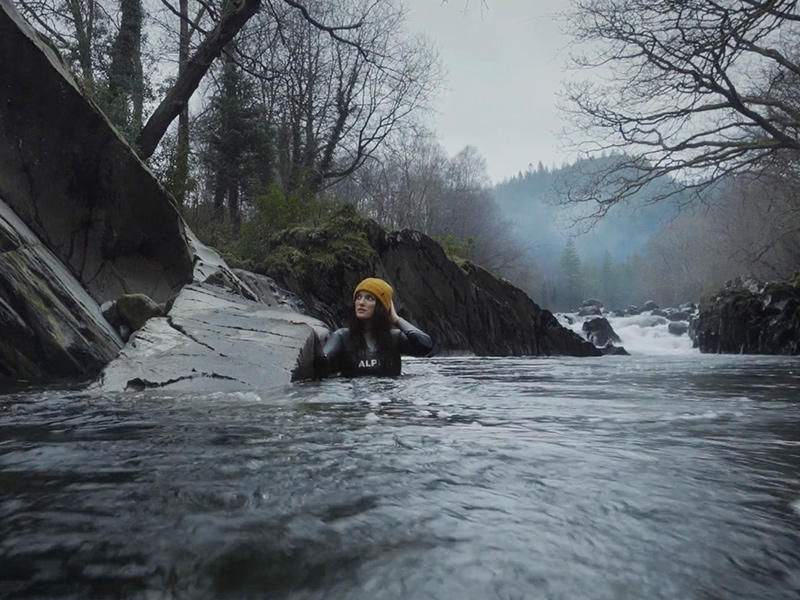
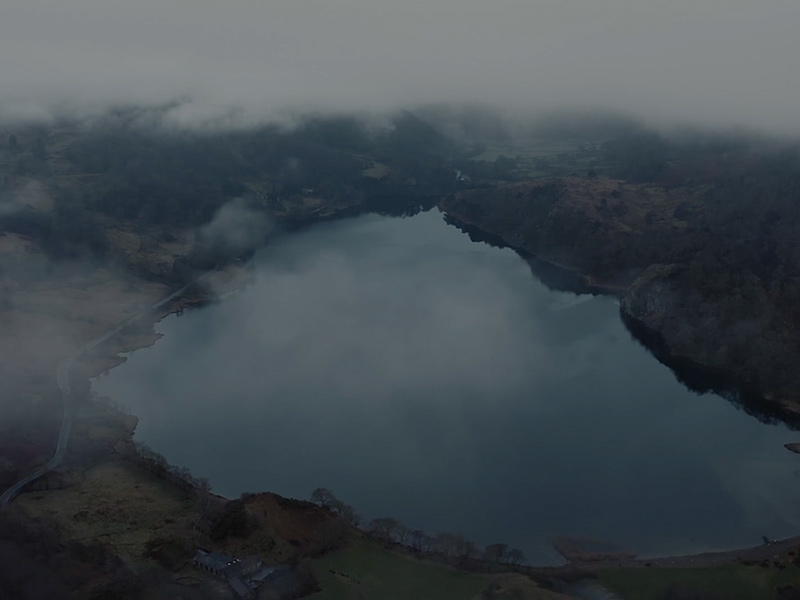
After my accident I quit my teaching job as I wasn’t well enough to do it anymore which then led me to focus on my passions. I set up a non-profit We Swim Wild to carry out scientific research, education programmes and retreats to educate and inform as well as to campaign to protect waterways.
I am a single mother from North Wales and i think that if you want to make a change or a stand you can do this even if you are standing alone and it will make a difference and encourage more people to make a stand for the natural environment. Every time you put on the washing machine 700,000 micro fibres are shed into the water system, half a million tonnes of plastic fragments are dispersed from car tyres across Europe each year. As a planet we produce 300 million tonnes of new plastic every year. We have to turn off the tap!
What are you reading/listening to at the moment?
I am currently reading ‘Uninhabitable Earth’ by David Wallace Wells I highly recommend you read this as it puts the current state of affairs into perspective. I am also loving the TedX podcasts and my favourite that I recommend you listen to is Syvia Earle- How to protect the oceans.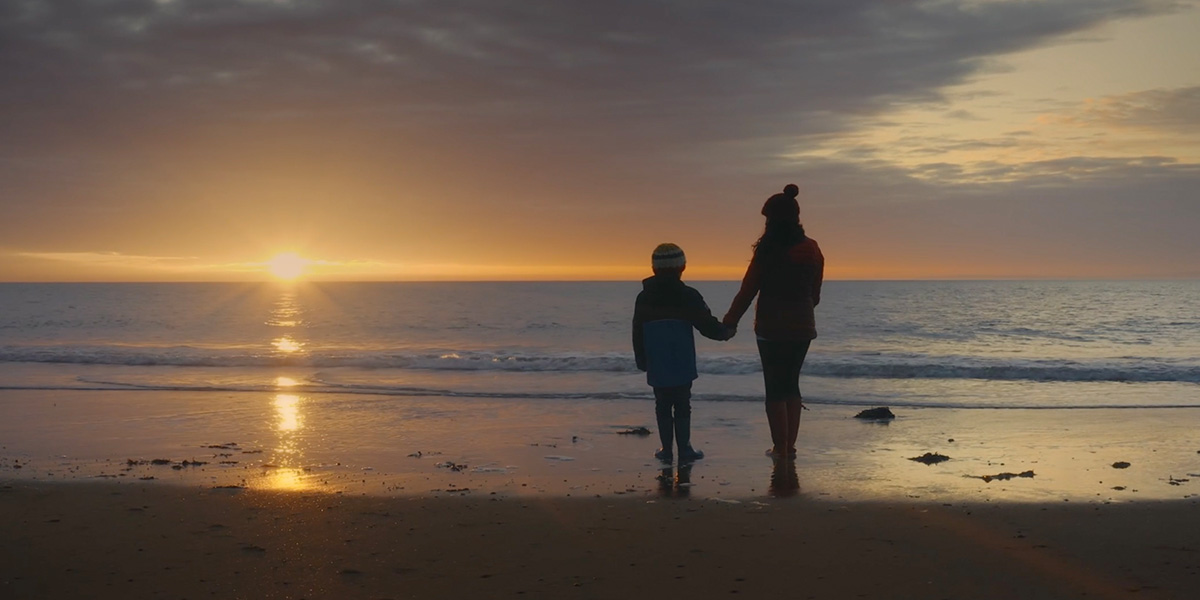 MORE OUTDOOR SWIMMING INSPIRATION SHOP TREK TOWELS
MORE OUTDOOR SWIMMING INSPIRATION SHOP TREK TOWELS

